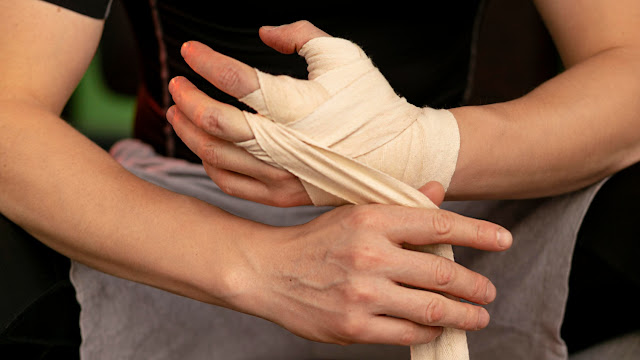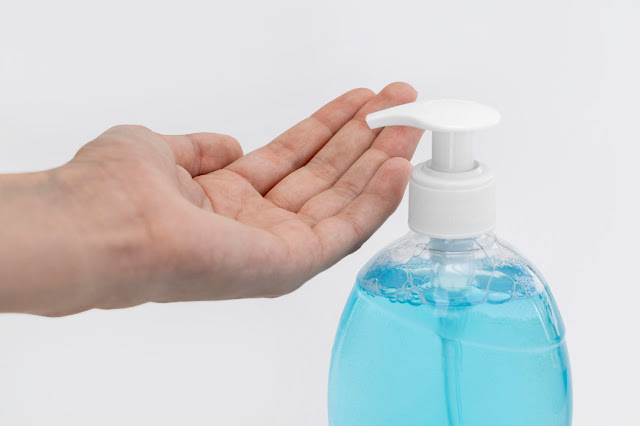How to Properly Wrap a Crepe Bandage for Foot Injuries
A quick and complete recovery is dependent on receiving the right care and attention while treating foot problems. Crepe bandages are a vital component of any first aid kit for foot injuries. Support and compression are provided by this adaptable bandage, which promotes healing. Nonetheless, for best outcomes, you must learn how to correctly wrap a crepe bandage for foot injury. This guide will take you step-by-step through the procedure so that you have all the information you need to treat foot injuries using a crepe bandage as effectively as possible.
Step 1: Preparation
Make sure the foot is clean and dry before starting. Take off any accessories or clothes that might get in the way of the wrapping procedure. Furthermore, keep the dressings and any necessary padding accessible, along with the crepe bandage for foot.
Step 2: Aligning
Place the wounded foot in a comfortable position, either elevated or supported by a solid surface. This guarantees accessibility and lessens the person's discomfort.
Step 3: Starting Point
Starting from the base of the toes, wrap the crepe bandage. Gently twist or fold the bandage end to secure it and keep it from coming undone during wrapping.
Step 4: Spiral Technique
For equal covering and compression, wrap the bandage diagonally around the foot using a spiral technique. To prevent stopping circulation, maintain a strong but not too tight strain.
Step 5: Overlapping
To guarantee complete coverage and stability, overlap each bandage layer by approximately half of its breadth. This maintains equal compression across the foot and lessens the chance of slipping.
Step 6: Coverage
To cover the entire wounded region, keep wrapping the crepe bandage around the foot. Particular care should be paid to regions like the ankle and arch that need more support.
Step 7: Safe Closure
After wrapping the entire foot, use tape or clips to fasten the end of the crepe bandage. Make sure it fits snugly without being too tight so that there is enough room for circulation.
Step 8: Examine Circulation and Comfort
Check for any indications of discomfort or limited circulation after fastening the bandage. There should be no tingling or numbness in the foot, and it should feel sturdy and supported.
Step 9: Monitor and Adjust
Periodically examine the crepe bandage for any signs of discomfort or loosening during the day. To keep the best possible compression and support, make adjustments as needed.
Step 10: Removal
When the time comes to take off the crepe bandage, carefully unwrap it in the opposite direction from how you wrapped it, being cautious not to snag any wounds or dressings underneath.
Conclusion:
Anyone working in first aid or sports medicine would benefit from knowing how to correctly apply a crepe bandage for foot injuries. You can make sure the wounded foot gets the support and compression it needs for a quick recovery by following these easy procedures. Always put circulation and comfort first, and get help from a doctor if something feels off or becomes complicated. You can learn how to effectively treat foot injuries with a crepe bandage with time and practice.
If you are looking for a compression bandage for foot, Medi Pro Sportstape offers a range of high-quality elastic compression bandages to provide support and stability. With their rigorous quality assurance testing and commitment to the local sports community, you can trust that you're getting a superior product that delivers results. Visit their website today to buy the perfect compression bandage for your foot.




Comments
Post a Comment